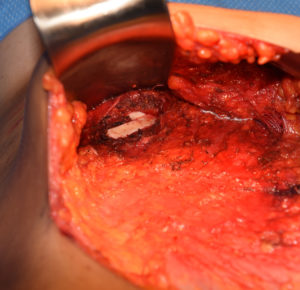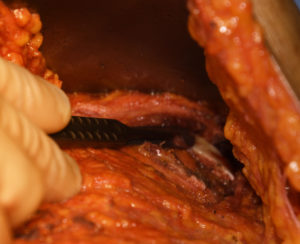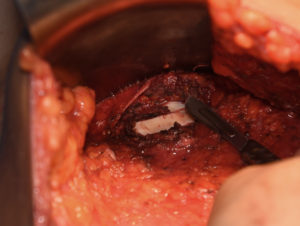The ribs constitute the structural support for the trunk. It plays a vital role in how the lungs work and in the support and protection of many other vital organs. This statement applies to much of the upper ribcage but does not necessarily apply to every aspect of every rib throughout their full lengths around the chest and abdomen. As such, there is some latitude to remove or reduce selective rib areas for body contouring effects.
Rib removal, or what I prefer to call ribcage modification surgery, is most commonly associated with waistline reduction. This is specifically horizontal waistline reduction. This is accomplished by removal of the outer half of the posterior ribs 11 and 12 and sometimes part of rib 10 as well. But this is not the only rib area which can be modified.
On the front or anterior surface is the subcostal portion of the ribcage. This rib area is distinctly different from that of the back for reasons that are different than just body location alone. The subcostal rib cage is cartilaginous and not bony. It can cause aesthetic distraction by either having too much protrusion due to a bowing of the ribs or sits low causing a short vertical waistline. Like the lower ribs on the back, subcostal rib removal can also be done to reduce a bulge in the upper abdomen/lower chest wall or to vertically lengthen the waistline.
Subcostal rib removal can be done through either a direct incision over them or from below through a tummy tuck incision. Each approach has its own advantages and disadvantages. The direct incision, even though relatively small, still leaves a scar in a non-hidden area. It limits the zone of tissue trauma by dissecting directly down to it. But it remains for the highly motivated patient.


Subcostal rib reduction is more challenging than posterior rib reduction due to scar considerations from the incisional access. Both the direct and tummy tuck approaches can be used to perform it. The effectiveness of either approach in reducing subcostal protrusions is the same.
Dr. Barry Eppley
Indianapolis, Indiana



